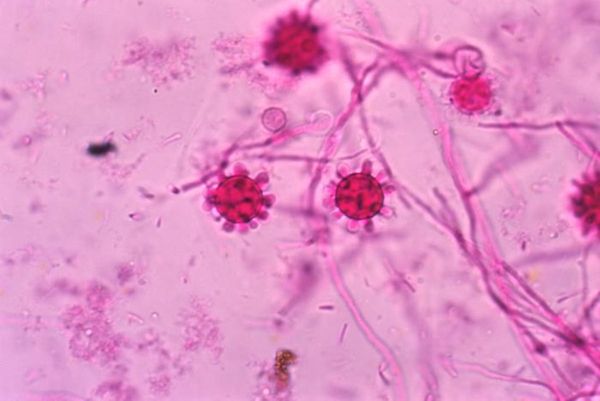LOS ANGELES — Forecasters are predicting drier weather ahead after Tropical Storm Kay pounded parts of Southern California on Monday, with intense thunderstorms leading to heavy rainfall, flash floods and mudslides in several Inland Empire communities near recent burn areas.
Evacuation orders remained in place Tuesday morning for some residents in Oak Glen and Forest Falls in San Bernardino County because of threats from mudslides and debris, affecting about 50 homes, the San Bernardino County Sheriff's Department said. An evacuation center was set up at Redlands East Valley High School in Redlands.
Oak Glen and Forest Falls are communities near the El Dorado and Apple burn scars.
In a livestream on Twitter from the National Weather Service in San Diego, Alex Tardy, a warning coordination meteorologist with the bureau, walked along Oak Glen Road near Potato Canyon and showed roads overwhelmed with mud, debris, large boulders and logs and downed power lines. Some of the mud was nearly a foot deep, Tardy said. The area had been hit four times in the past year and a half, he said.
"This is much worse than anything we've seen off the El Dorado," Tardy said. He estimated the debris had likely been lodged in the upper Apple in the El Dorado and removal could take days. Dark ash and log debris also filled the channel of Banning Canyon, Tardy said.
So far there have been no injuries or fatalities reported, Tardy said, and crews were still assessing the damage.
According to a San Bernardino County Fire Department's post on Facebook, more than 40 firefighters, including multiple heavy equipment operators and other personnel, searched Forest Hills on Monday and found downed power lines, leaking propane tanks, damaged structures and roads buried in mud and debris. The area of Potato Canyon Road and Oak Glen Road in Oak Glen also was walloped with downpours and mudslides.
Photos and videos from the areas show mudflow several feet high, sections of homes collapsed, an overturned car covered in mud, creeks gushing with water and roads covered in rocks and debris.
Elizabeth Schenk, a meteorologist at the National Weather Service in San Diego, said that some areas in the Apple and El Dorado burn scar area received more than 2 inches of rain per hour.
"That was pretty remarkable," Schenk said. Strawberry Creek, which is in the burn scar area, received the highest amount of precipitation, with 2.88 inches of rain Monday. Several other locations recorded more than an inch of rain.
The Sheriff's Department did not have any additional updates Tuesday morning. The San Bernardino County Fire Department could not be reached for comment.
Both State Road 38 and State Route 18 were reopened early Tuesday morning after portions of each roadway were knocked out of commission Monday night by storm damage, according to social media posts by Caltrans District 8.
Leftover moisture from Tropical Storm Kay, which churned off the Southern California coast last week and was the region's closest brush with a tropical storm in 25 years, helped generate the storms.
Tuesday is expected to be a milder forecast, with only scattered storms and no widespread flash flooding, said Greg Martin, a meteorologist with the National Weather Service in San Diego.
"Today is a wind down day, and we should see less than we saw yesterday," said Martin, adding that the storms will be less frequent, lighter and at higher elevations on Tuesday. "This is the very tail end of this active period."
Andrew Rorke, a senior forecaster with the National Weather Service in Oxnard, said some storms rained down on parts of Los Angeles County on Monday, including localized flooding in the Antelope Valley.
Last week, the National Weather Service Climate Prediction Center estimated that the La Niña climate pattern, which likely factors into the unrelenting drought in the U.S. Southwest, could last through November.
While La Niña points to a drier winter than normal, California could escape its fate, Rorke said.
"We can come up and roll that seven if we are lucky," Rorke said.
———







